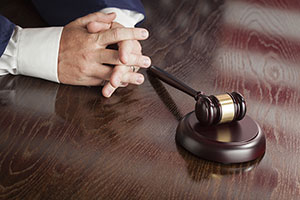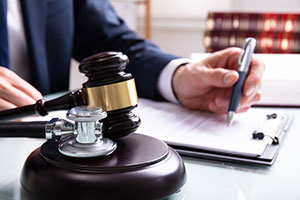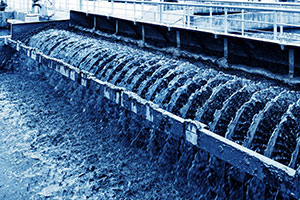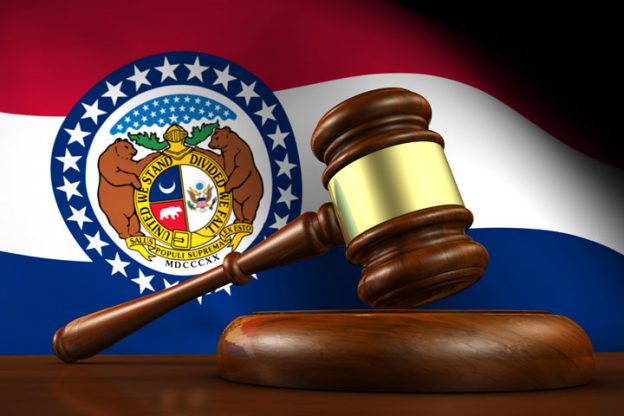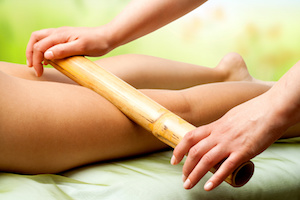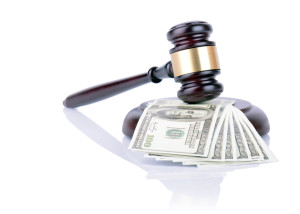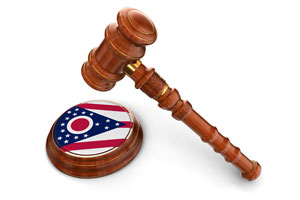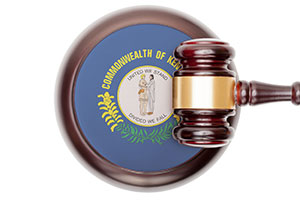Rachel Howard, the widow of C.R. Howard, brought a claim against the government for medical malpractice committed in a Veteran’s Administration hospital. She alleged that nurses failed to prevent her husband from falling while using a commode. It was undisputed that the fall caused a cervical fracture.
Since the case arose in Arkansas, the Arkansas Medical Malpractice Act governed the substantive proof of malpractice. The district court, deciding the case without a jury, evaluated the competing testimony given by expert witnesses concerning the standard of care that the nurses should have followed. The court ultimately found that the evidence did not establish malpractice. The Court of Appeals for the Eighth Circuit affirmed that decision.
Patient’s Hospital Care
Four years before his death, C.R. Howard was diagnosed with blood cancer. By 2015, his treating hematologist concluded that Howard had exhausted his treatment options.
In February 2015, Howard was admitted to the John L. McClellan Memorial Veterans Hospital in Little Rock to treat neutropenic fever. Following hospital protocols, medical staff assessed Howard as having a high risk of falling. The protocols required high risk patients to receive assistance while using the bathroom.
Howard walked to the bathroom at least twice without assistance. He fell at least once. Medical staff noted that Howard suffered from episodes of dizziness or confusion. Staff entered an order requiring him to use a bedside commode.
Five days after his admission, Howard attempted to use the bedside commode. He sat up in the bed and a nurse asked him if he was ready to stand. The nurse assisted him as he moved to the commode. While Howard was sitting on the commode, he “folded over” and fell to the floor, striking his head.
Because Howard did not appear to be breathing, one nurse administered CPR while another called for a code team. The code team used a defibrillator to restart Howard’s heart and placed him on a ventilator. He was transferred to intensive care.
The next day, Howard was removed from the ventilator. An MRI found a spinal fracture in his neck. He had surgery to repair the fracture four days after he fell. The surgery improved his ability to move, but his underlying medical condition precluded physical rehabilitation.
Howard was discharged from the hospital about three weeks after his admission. He entered home hospice care and died about two weeks later.
Expert Witness Testimony
The two nurses who assisted Howard testified that he did not appear to be dizzy before he was transferred to the commode. Rachel Howard, who was present at the time, testified that he was displaying signs of dizziness.
The parties also offered conflicting evidence about the appropriate standard of care. Howard’s nursing expert, Janet Scott, testified that the standard of care required nurses to keep Howard in bed if he was dizzy. She also testified that the standard of care required his nurses to stand in front of Howard and to place a hand on him while he was using the commode.
Howard’s physician expert, Dr. Thomas Huffman, testified about his experience managing nurses. He opined that placing a hand on the patient is the best way to maintain control over a patient who is using a commode. Dr. Huffman concluded that the nurses were not close enough to catch Howard before he fell. Dr. Huffman was also one of the plaintiff’s experts on causation.
The government relied on the expert testimony of Holly Langster to establish the nursing standard of care. Langster emphasized the need to respect the patient’s dignity by providing as much privacy as possible. She testified that a nurse should have hands on a patient like Howard until he was seated and then stand in front and within arm’s length of the patient.
District Court Decision
The district court noted that expert testimony is needed to determine a nursing standard of care because it is not a matter of common knowledge. The court decided that Scott and Langster were both qualified to express an opinion about the standard of care.
The court gave more weight to the expert opinion of the two nursing experts than to the opinion of Dr. Huffman. While Dr. Huffman has managed nurses during his career, he “did not demonstrate that he was familiar with the degree of skill and learning ordinarily possessed and used by nurses and hospital staff in good standing, engaged in the same type of practice or specialty in Little Rock, Arkansas, or in a similar locality, as is required under the Arkansas Medical Malpractice Act.”
The court was satisfied that Howard sustained a “medical injury,” as that term is used in Arkansas law, when he fell while using a commode under the supervision of nurses in a hospital. The court was not satisfied, however, that the nurses committed malpractice.
The court concluded that the appropriate standard of care depended on whether Howard was dizzy. Scott’s opinion was based on Rachel Howard’s testimony that, as soon as the nurse entered, Howard tried to sit up, then fell back down and complained that he felt like an ocean was going by. The nurse testified that Howard did not fall back on the bed and never complained of dizziness.
The court credited the testimony of the nurse rather than Rachel Howard’s testimony. The court concluded that the standard of care for a dizzy patient, as Scott described it, was therefore inapplicable. Since Howard was not dizzy, the standard of care described by Langster was appropriate. Since the nurses followed that standard of care, they did not commit malpractice.
Appellate Opinion
Medical malpractice claims against a VA Hospital are brought under the Federal Tort Claims Act. That law requires the trial to be held before a judge, not a jury.
Unless an appellate court dislikes a district court’s result and needs an excuse to overturn it, a district court judge’s assessment of the facts is virtually unassailable. The court of appeals found no reason to overturn the trial court’s finding that Howard was not dizzy when he tried to sit up.
It was also up to the trial judge to determine the appropriate standard of care. Since the judge decided that Howard was not dizzy, the judge did not err in discounting Scott’s testimony, which was premised on the opinion that a careful nurse will keep a hand on a dizzy patient who uses a commode.
A jury might have seen the facts differently. Allowing a patient to fall to the floor does not seem consistent with appropriate care, particularly when the patient has fallen in the past. However, the judge believed the nurses when they testified that Howard was not dizzy and he believed the defense experts when they testified that the nurses followed an appropriate standard of care. Deciding which witnesses to believe is the trial judge’s job when there is no jury.
The court of appeals suggested that even in the absence of a dispute about Howard’s dizziness, the district court could have accepted Langster’s expert opinion that standing within an arm’s length of a patient on a commode is an acceptable standard of care. It hardly benefits a patient to stand in front of the patient while allowing the patient to fall, but again, when there is no jury to decide the facts, a judge gets to make that call. Since the district court was entitled to choose between competing expert opinions, the court did not err in deciding the case in favor of the VA Hospital.


